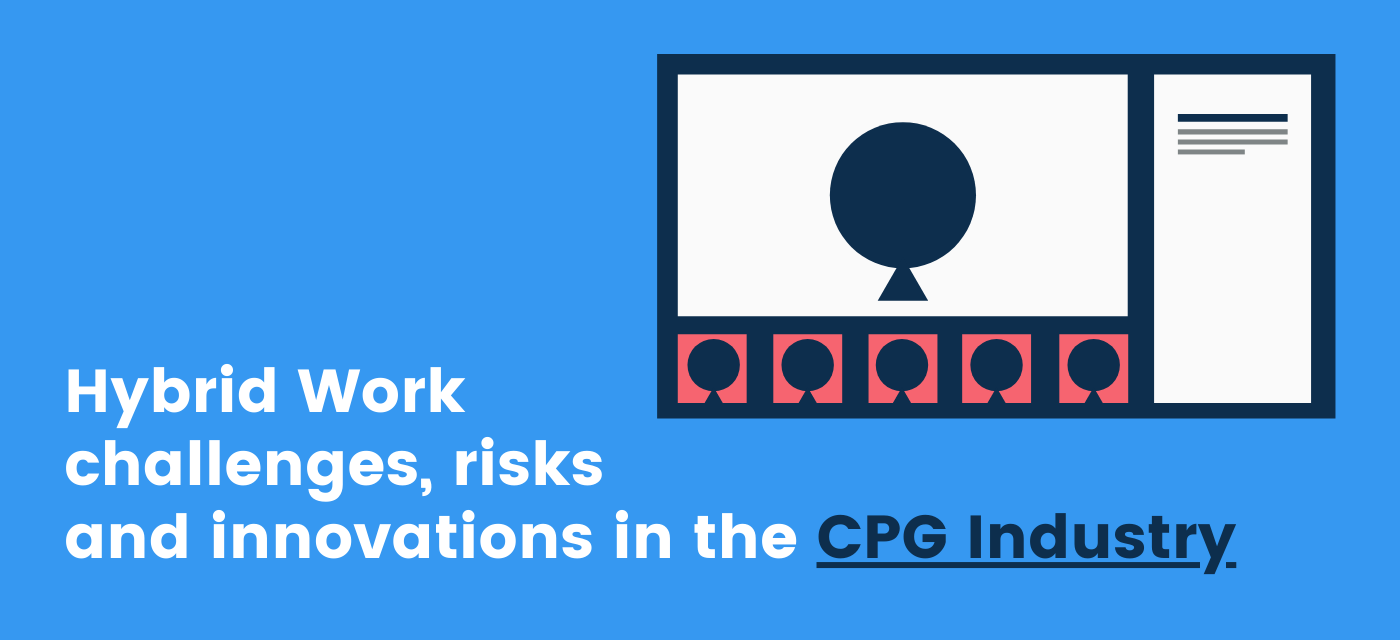Finding capacity. Finding time. Reducing workload. Increasing productivity.
Whatever you call it, our experience shows team leaders really struggle to help their teams with it, especially when there is pressure from the top to deliver on company-wide goals.
There is, however, a relatively quick and easy way to find low hanging fruit when it comes to freeing up capacity. It just requires an audit of how you and your team are spending a typical work week, then making a choice to remove, stop or re-assign activities that either aren’t contributing to top line goals or aren’t being done by the person with the most appropriate skill set.
For the purposes of this guide, ‘activities’ simply refers to any bundle of work that you’d be doing on a day-to-day basis, including (but certainly not limited to) meetings, client work, planning, administration, strategy, etc.
In essence, this article is designed to help you and your team optimise and prioritise. Let’s dig into it.
Culling meetings
Some meetings are good, fostering innovation, collaboration and driving the business forward. But what we find with our clients is that at least 50% of existing meetings can be reduced, eliminated altogether or moved to a time that’s more conducive to productivity.
New meetings
We usually just accept that if someone has requested a meeting on our calendars, we should attend if we’re available. But that isn’t always the case.
Don’t be afraid to ask for an agenda or details of the meeting to better understand the purpose and whether you’re the right person to be there.
It’s also helpful to see who else is invited - can one person go and relay the information to the rest of the team?
Recurring meetings
We can also fall into a routine with recurring meetings.
Make it a habit to audit your recurring meetings each month. Are you adding value? Is it adding value to your work? Are there other priorities you could be focusing on in that time that would be better aligned to business goals? Guide your team in asking these same questions.
Being intentional with meeting time
The meetings that can be eliminated are usually outdated, ineffective, include people who add no value or include people who could be briefed at a later time. The result is wasted time, wasted mental bandwidth and a diminishing morale - that could all be avoided.
Not to mention the opportunity cost of getting important work done in that time!
It’s no secret that advancing technologies have made it possible for people to work more effectively. The question is, are you leveraging that technology? Powerful devices combined with clever business software like Beamible mean we can be intentional with our collaboration time.
Knowing how to identify, triage, then reduce or eliminate unnecessary meetings and work can do wonders for both your business and your team members.
Once you identify the fruitless meetings, you free up time for your team to re-focus on their core duties, and open mental bandwidth to tackle high-value work.
Another knock-on effect to cutting unnecessary meetings (and time spent mired in work that achieves very little, in general) is that it may help foster a good work-life balance — an essential for leaders and team members alike.
So how can you reduce meetings and reap the benefits?
The Beamible team helps Netwealth Director get back on track
Just ask Matt Heine, the joint Managing Director of ASX-listed Netwealth.
In an effort to re-engage staff and improve work-life balance, Heine decided to look at how to reduce meetings. Meetings take up a tremendous amount of valuable time, so knowing how to cut back can really impact a workday and by extension, productivity.
The result?
With the Beamible team’s help, Heine shaved 12 hours off his workweek, taking his standard 60 to 70 hours down to a far more manageable 52.
That’s nearly 50 hours of this month that he freed up JUST by auditing his meetings.
Subsequently, this shift in both attitude and practice has set a glowing example from the top - a critical factor in influencing the success of this practice organisation-wide.
Research into the subject of workplace meetings shows that they’ve increased both in frequency and length in the last 50 or so years. In the 1960s, the average executive spent 10 hours a week in meetings, by 2017, this had risen to 23 hours a week. Add on other duties and it’s a recipe for burnout.
As Heine notes, working 60 or 70 hours a week “is not sustainable. That’s where burnout is going to happen for me and executives and all of our staff.”
Modelling the change
Employees look to those in leadership positions for direction on work culture and expectations, so a leader that vocally supports a good work-life balance — and actually models the change — is key.
The best way to show employees that meeting business and role objectives is more important than the number of hours spent working or the number of meetings they sit through is to lead by example.
With that said, it’s important you practice what you preach. By taking a ruthless and intentional approach to meetings, you’re empowering your team with the trust to make decisions about how they can perform best, and permission to focus on high-value work.
A win-win for everyone.
Ruthless prioritisation in all that you do
While freeing up time is ideal, It’s not just about reducing the sheer number of meetings. You need to take a look at efficiencies in all that you do.
By applying the same ‘audit and action’ strategy to your other activities, you and your team can better determine the high-value work you need to keep in your schedule, and what lower-value work can be put on the back burner. It takes just a few minutes out of your busy day but saves a tremendous amount of time in the long run, while ensuring top priority objectives are met. When you get right down to it, it’s about ruthlessly prioritising your day and your goals.
5 Steps to making it happen
There’s some prep work involved and it starts with taking a good look at the big picture before you decide on the tasks you’re keeping and those that aren’t needed.
- Begin by making a quick list of your weekly tasks and estimate how much time you spend on each per week to see where you’re spending your time. It might surprise you. In Matt Heine’s case, six hours a week alone were spent scheduling meetings and replying to administrative emails.
- Make a short list of your personal goals, your team goals and your overall business objectives and keep them close by.
- Use your list of goals to categorise each of your activities/tasks by theme. It’s helpful to use a platform like Beamible for this, but not necessary. (Get a 14 day free trial here) Common tags or themes can be:
- Meeting
- High importance
- Low importance
- Planning / strategy
- BAU
- Project work
- Reactive
- Start to add up the time you’re spending on things categorised as ‘low importance’ work, for example - perhaps there is an opportunity to pause or eliminate some work here.
- Ask your team to go through these steps. Identify areas where you may be able to optimise:
- Does one person have a better skill set for some activities, and can they be swapped around?
- Is there a business case for a junior new hire to take on common ‘overflow’ or administrative work?
- Is there work that isn’t aligned to goals?
- Is the reactive work still relevant?
Beaming your way to the future of work
If you feel good about the prospect of optimising and prioritising with your team, Beamible can help incorporate it into your day-to-day without hassle.
The Beamible platform features user-friendly tagging systems so you and your team members can pinpoint components that aren’t contributing to work success, and your team members can take an active role in prioritisation and designing their workday, too.
When it’s all laid out across your team, it’s easy to see where people should be focusing most of their energy. If you’re ready to start making (and seeing) real change, Beamible has the tools to help you do it.
We’re on a mission to make modern, flexible work models work for everyone. From your newest junior employee all the way through to C-level executives. Knowing how to reduce meetings is just one part of the bigger picture on your company’s path to better productivity and happier people, though.
Just ask other Beamible organisations like Metcash, Google, Fitness Passport and more.
Ready to find out how Beambile can help you and your team get back on track with well-designed work? Get in touch with us today.





